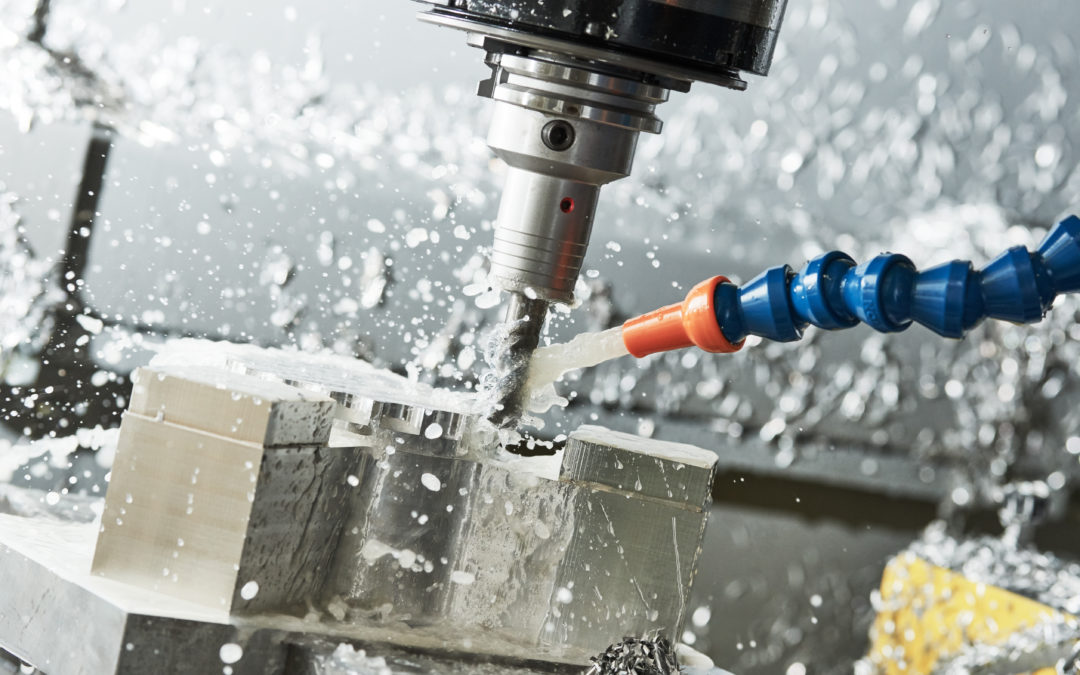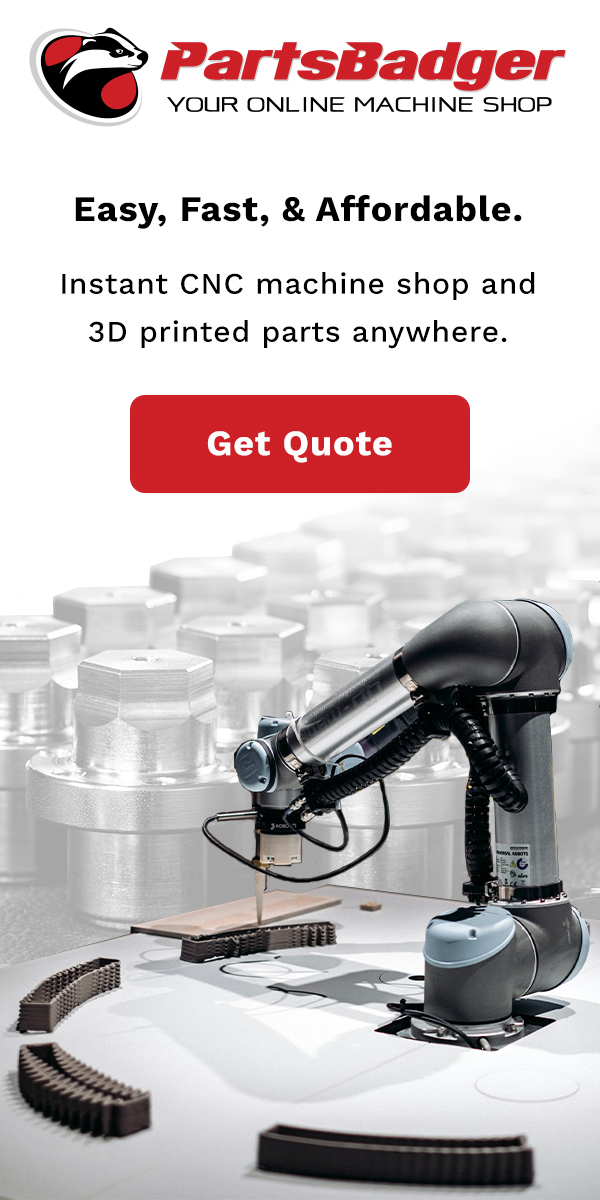CNC Milling – What is it?
What exactly is CNC milling? It’s the process of turning your ideas into products by using computer-aided design (CAD) software to create, edit, and prepare your artwork before sending it off to a CNC mill machine. These machines are capable of cutting all kinds of materials. This includes plastics, wood, metal, glass, and even ceramic. Learn more about what this kind of technology can do in the article below!
The Basics of CNC Milling
CNC milling, or computer numerical control (CNC) milling, refers to a machining process in which a CNC machine translates CAD/CAM designs into physical parts. The concept has been around since at least 1954 when inventor Jim Morrell created one of history’s first numerically controlled machine tools. CNC mills have only grown in popularity since then.
Today engineers widely use them in manufacturing and technology sectors, as well as hobbyists that want to build prototypes quickly and cheaply. Before diving too deep into what exactly CNC milling is, it helps to learn a little bit about what it’s named after: computers. The computer numerical control part comes from control systems like PLCs that can precisely control motions like cutting and drilling on machines through recorded plans.
CNC machines are created to translate those plans into physical motion. In short, computers control machines, and one of those machines can be a CNC milling machine that carves shapes out of metal or other materials. If you’re wondering how a CNC milling machine works, we’ll dive deeper into that below.
About Milling Machines
A milling machine is a special type of cutting tool that makes use of multiple rotating cutting bits to drill or cut exact shapes in solid materials like metal and plastic. These types of machines require skilled operators. They contain complex parts, like motors and belts, which can be dangerous if not properly maintained.
Milling machines are an important tool in a CNC operator’s toolkit. The machine has two basic components: a table and a headstock. The table is used to hold workpieces. The headstock houses tools like milling cutters, drill bits, shaper cutters and more. These tools are installed in holders called collets that can be set at different depths to allow for machining different parts of your workpiece.
Milling machines also have a hand wheel that allows you to manually adjust their angle and move them along your workpiece. This process works by using compound gears. If a two-axis milling machine has four gears, they label these gears; A, B, C and D. The A control gear controls both Y and Z motions while B controls X motion.
About Computer Numerical Control (CNC) Machining
Computer numerical control (CNC) machining is a process that allows metal, plastics, and composites to produce precision parts. Computers direct machines to cut these materials in different shapes, sizes and designs to produce identical products with exact measurements every time. Large-scale industrial production and mass customization uses materials like fiberglass, kevlar, plastic composites and carbon fiber.
The process of CNC machining includes four steps. First, CAD systems make a computer-generated design that shows both sides of a part. Computer numerical control (CNC) software then controls machine tools as they make specific cuts to each part. Afterwards, the engineers assemble the parts into one complete product. The final step involves inspecting every single product to ensure quality control before delivery.
Adding CNC into a Milling Machine
CNC milling enables you to create pieces with detailed designs and high precision. Computer control, a moveable carriage, and an end mill or drill make up these milling machines. The two types of CNC milling include: contour mills and rotary axis mills. Engineers can use these machines for tool making, die making, manufacturing, and much more.
When adding CNC into a milling machine, extensive knowledge about your job’s capabilities should be incorporated in order to get quality results. Besides providing fast turnaround times and excellent cost efficiency, CNC milling offers several benefits. Due to its accuracy levels, repeatability, capability for customization and tolerance levels, companies continue to incorporate new technology into their workflow.
From reducing production time to maintaining superior dimensional accuracy and repeatability, CNC milling provides benefits for manufacturers. In addition, increasing versatility allows manufacturers to optimize each process. This allows them to produce higher quality pieces that require less post-processing. Having a machine that can perform multiple operations and processes will maximize efficiency and reduce overall cycle times. Adding CNC into a milling machine ensures you achieve your deadlines with precision while maximizing output.
Why Choose PartsBadger for your Milling Needs
PartsBadger makes quick, accurate quotes look easy. Our turnarounds are extremely quick with high quality. We can mill parts that you need immediately, and we’ll give you a price you can afford. Why delay on what you need? Request a quote from PartsBadger today!



Recent Comments